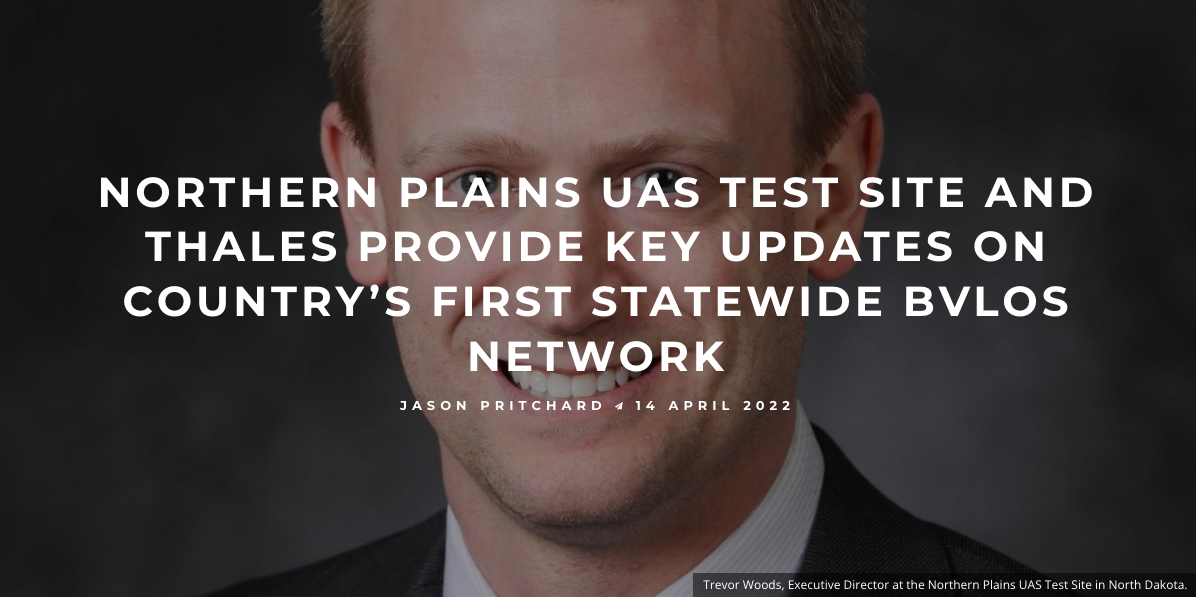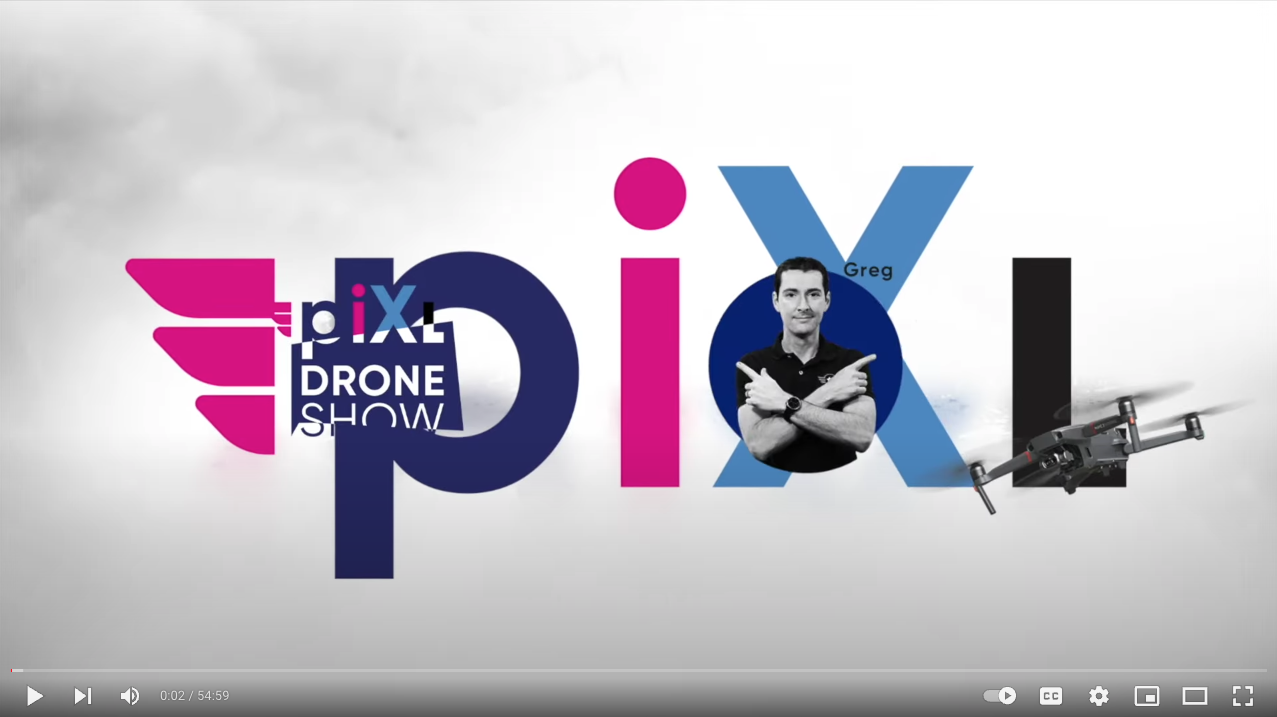Add Podcasts to Your Media Outreach
05.19.22 · Greteman Group
Innovative industries and emerging technologies demand equally dynamic outreach. We’re generating good returns for our aviation clients by specifically targeting podcasts. Don’t get us wrong; we’re still big believers in traditional channels: magazines, newspapers, TV and radio. Adding newer, alternative media such as podcasts to the mix can lead to fuller stories better told, often to a more targeted, highly receptive audience.
Podcasts’ portability and mobility make them ideal for people on the move. So, you might say, podcasts feel especially right for anyone in aviation – from the cockpit to the cabin. Most podcast consumers stream content on their smartphones as the audio source using apps like Apple and Spotify. They typically listen while also doing something else – such as driving to the airport or waiting for their flight.
If you’ve been thinking you ought to include more podcast outreach to your media relations efforts, we agree. You probably should. Here are some suggestions on how to make the most of this increasingly important, but still somewhat misunderstood news source.

Do your homework. Listen to previous podcasts to get a feel for the tone and length (most are between 20 and 60 minutes). Ask the host for questions in advance so you can prep and have notes close at hand.
Pitch early. Personally suggest relevant topics well in advance of industry events or news hooks. This gives you time to submit more formal applications, if needed. Worthwhile opportunities will need to vet your content.
Don’t overly script speakers. A real benefit of podcasts is their humanity, so keep it real. A more conversational, friendly tone is much preferred to something that comes across as a lecture.
Tell stories. Facts and figures fly by listeners. They won’t be able to make sense of them or remember them. Make your key points through anecdotes, preferably that you were involved in.
Stay on topic. Frame your talk and try to stick to your key points as much as possible. Wandering down too many divergent paths will muddle your message.
Convey enthusiasm and emotion. Your voice must do the heavy lifting. Add energy to your regular speaking voice. Flip on the radio and listen to the pros. Notice how they put a smile in their voice? You can do that, too.

Know who you’re talking to. Tailor your comments to your listeners, just as you would if you were talking to a group in person. You’d speak to legislators differently than an ag group, right? Talk about things that would interest them, answer questions they might have or communicate benefits unique to them.
Give your audience something to do. Provide a call to action. Verbally drive them to a website where they can watch a video, respond to a poll, or download a whitepaper.
Ensure you have good audio. Record in a quiet space with plenty of soft surfaces (carpet, upholstered furniture, pillows) so sound doesn’t bounce around and echo. Place your microphone at the same height of your mouth. Not using a microphone? You should. Same for headphones. Those that fully cover your ears reduce audio feedback.
Keep water nearby. Make sure you stay hydrated. That lessens the chance of cotton mouth and helps keep your energy up.
Mute when you aren’t speaking. If the host or another guest is talking, muting keeps you from inadvertently talking over them. It also means you won’t pick up their voice in your microphone. It’s cleaner all around.
Podcasts offer a compelling way to tell your story and connect with the right people. Statista predicts there could be more than 100 million podcast listeners in the United States by 2024, up from almost 76 million in 2020. That’s a big platform for your news. Be part of it.
Here’s How We’ve Helped One Client
Podcasts have proven to be an excellent channel for Vantis, North Dakota’s beyond-visual-line-of-sight (BVLOS) unmanned aircraft systems (UAS) statewide network. This can be a complicated industry to explain. Having friendly, conversational spokespeople who break things down in understandable, easily digested nuggets helps immensely. They’ve learned how to entertain as well as inform.


